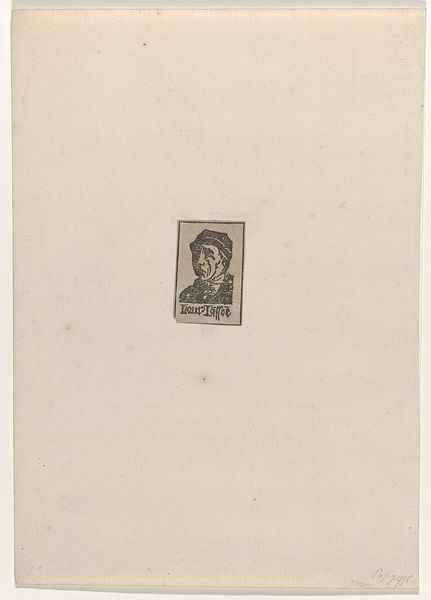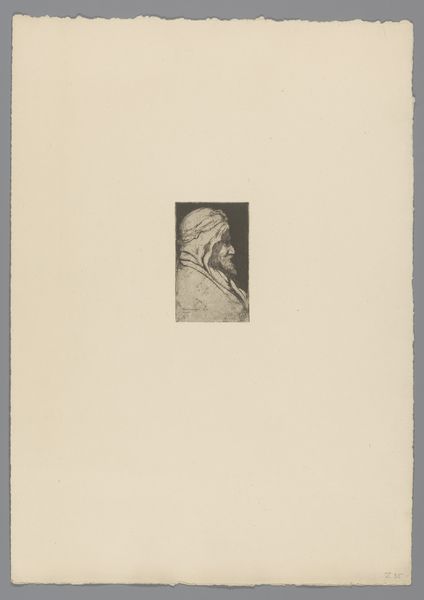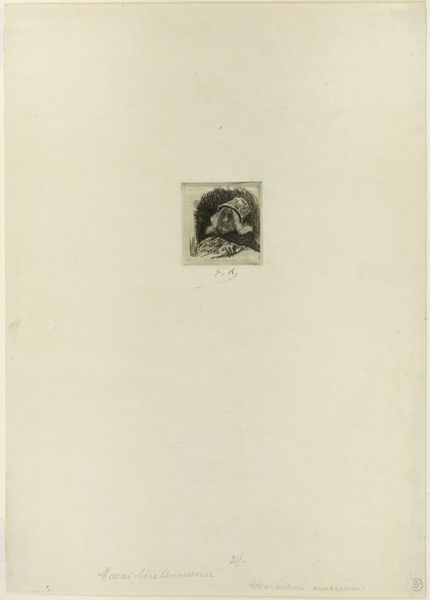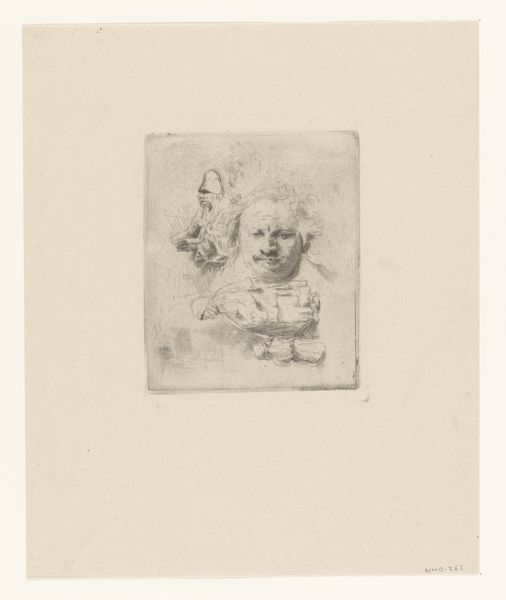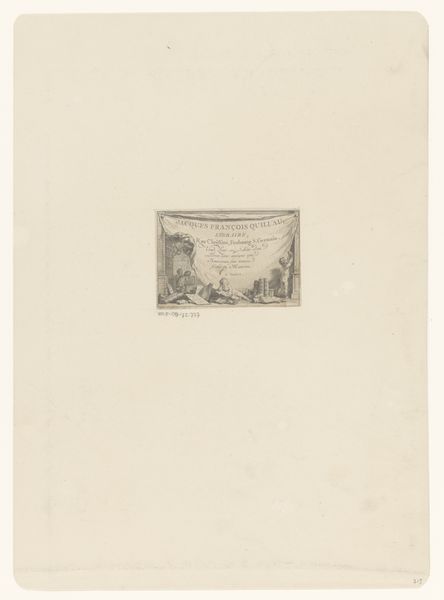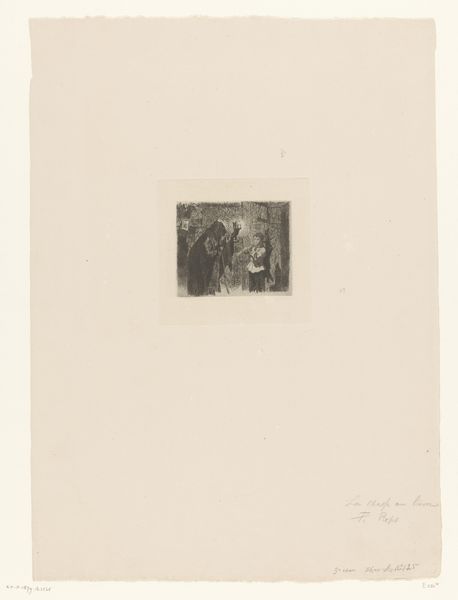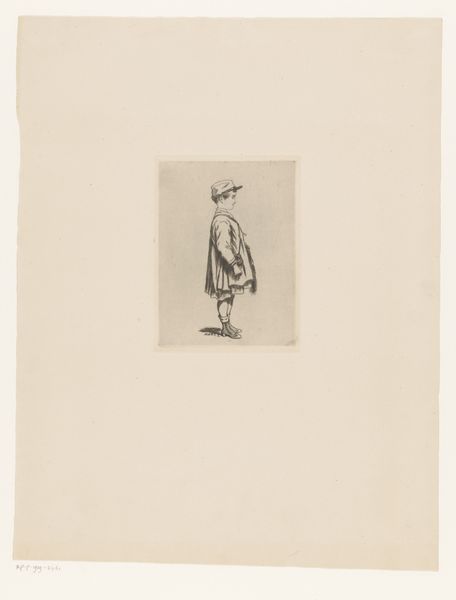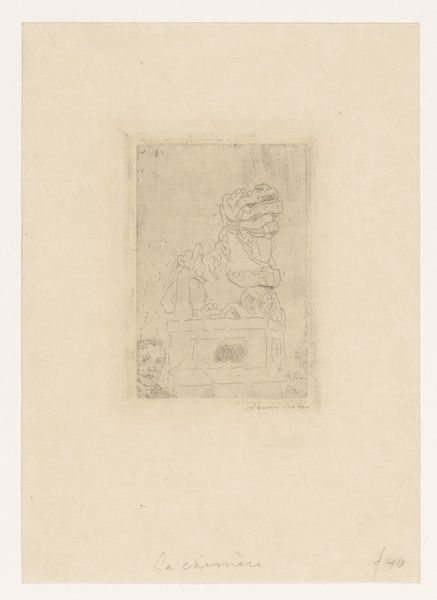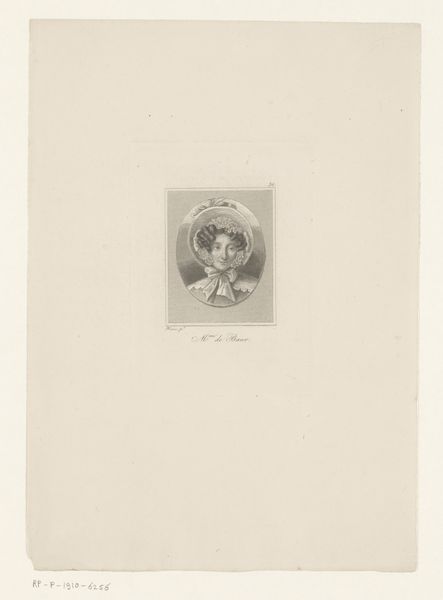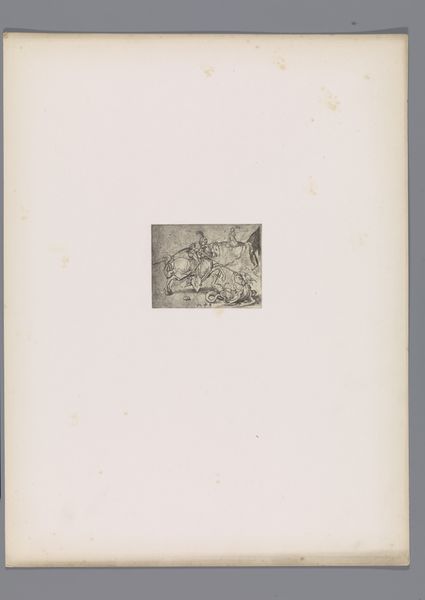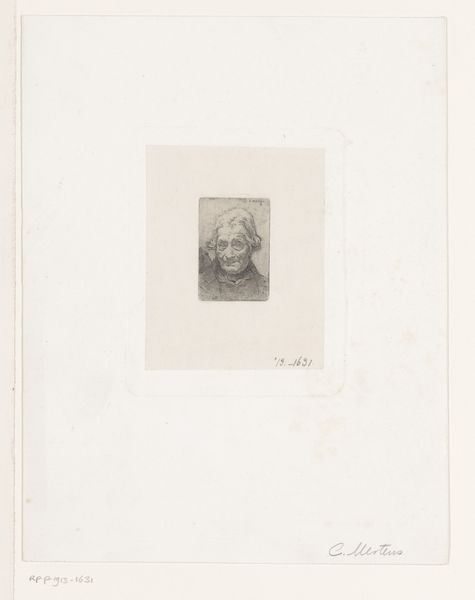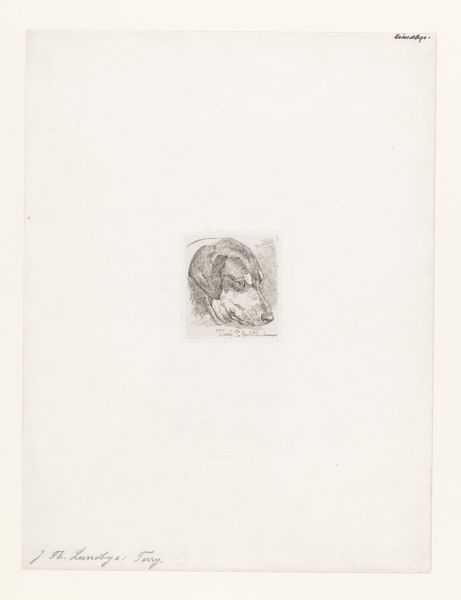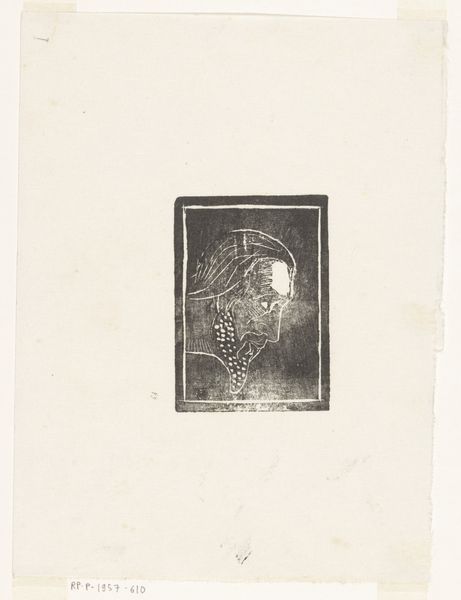
drawing, print, paper, engraving
#
portrait
#
drawing
# print
#
paper
#
engraving
Dimensions: height 98 mm, width 74 mm
Copyright: Rijks Museum: Open Domain
Editor: This is a portrait of François Rabelais by Henri-Charles Guérard, made between 1856 and 1897. It's a print, an engraving on paper. I’m immediately struck by how small it is, almost like a postage stamp of the past. What can you tell me about it? Curator: This piece raises interesting questions about the relationship between art and its public. Rabelais was a major figure, a humanist writer, so this image speaks to a desire to represent and circulate his likeness. But who was the audience for this print? Editor: Perhaps scholars or collectors interested in Rabelais's work? The scale makes it seem quite intimate. Curator: Exactly. And consider the timing. It was made centuries after Rabelais lived. What motivated Guérard to revisit this Renaissance figure? The rise of Romanticism and its fascination with the past? The engraving revives Rabelais, shaping our contemporary view of a historical persona through a carefully crafted, reproducible image. What’s the effect of reproducing a historical portrait like that, over and over again? Editor: I guess it democratizes the image, making it more accessible than, say, an original painted portrait reserved for the elite. It almost turns him into a celebrity. Curator: Precisely. Printmaking played a key role in the dissemination of knowledge and ideas. Think about how this image functions within the Rijksmuseum. Does it function as art, as historical document, or both? Editor: That’s a really good question. I never thought about the political dimension of simply reproducing an image. Curator: And remember, these reproductions have power. They can shape perceptions and solidify historical narratives. Analyzing how and why certain figures are chosen for this treatment tells us a lot about the values of the culture doing the reproducing. Editor: That's given me a lot to consider. I definitely have a better sense of how context shapes the meaning of a work like this. Curator: Indeed. It's not just about the individual, but about the societal forces that bring that individual into our view, and on what terms.
Comments
No comments
Be the first to comment and join the conversation on the ultimate creative platform.
